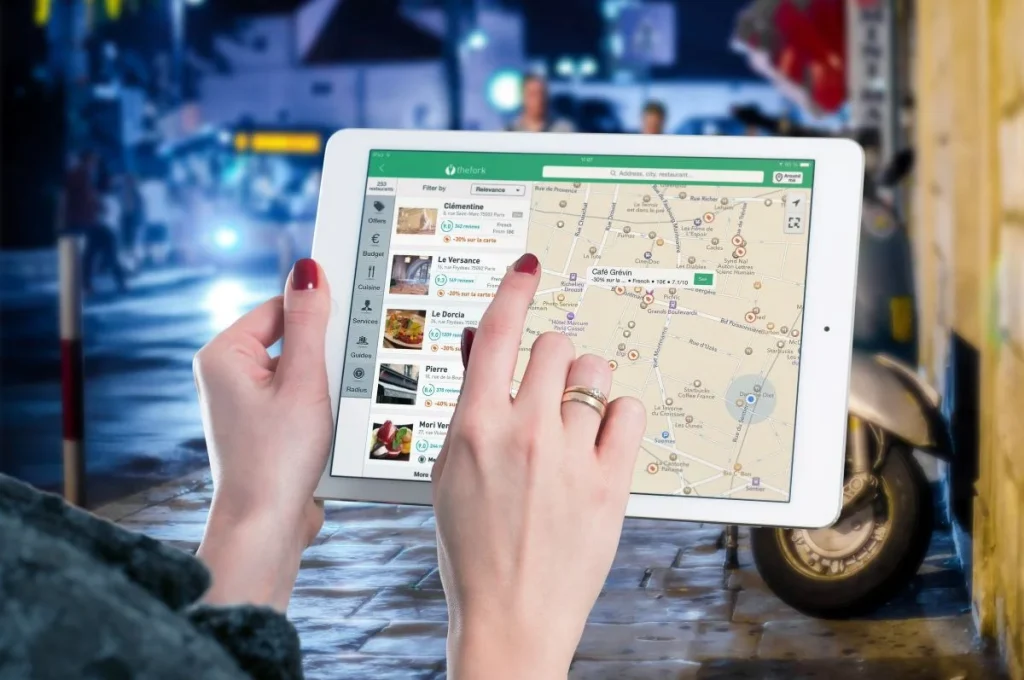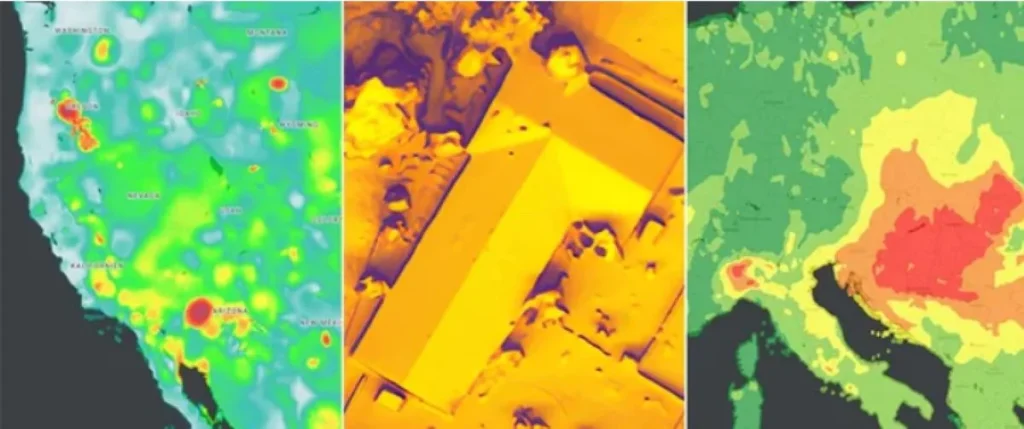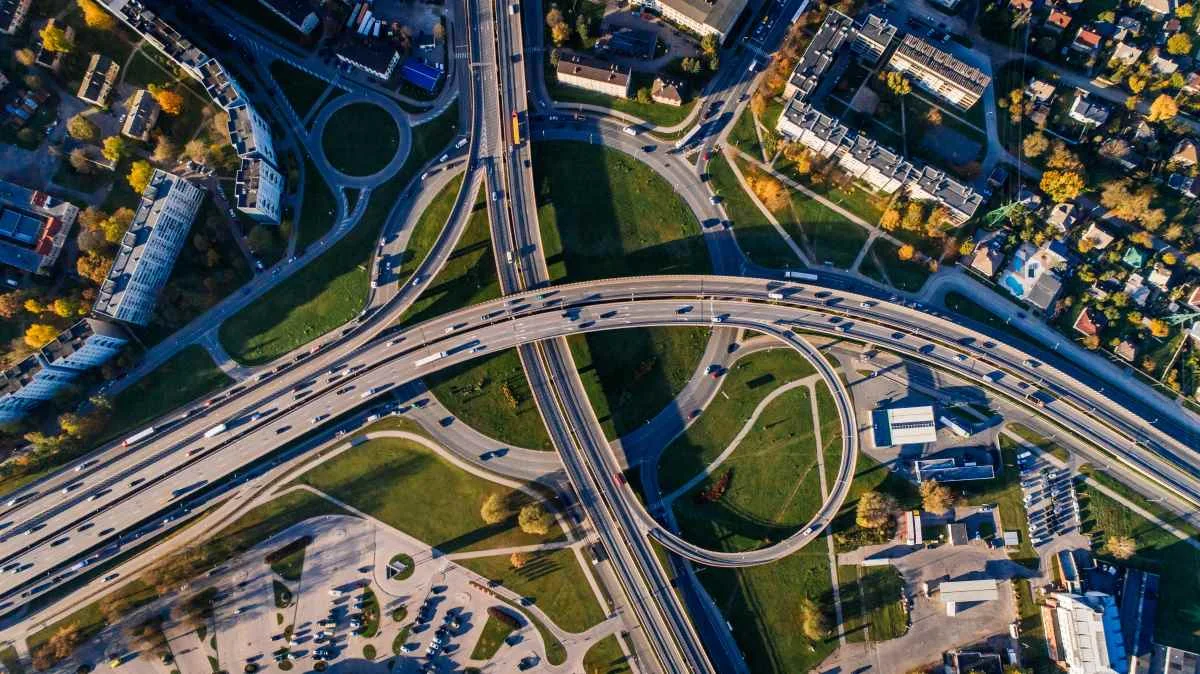Organizations all around the world are looking for creative methods to lower their carbon footprint and adopt ecologically friendly practices as sustainability takes center stage in today’s business landscape. Luckily Google is the most prominent company that takes the lead for sustainability. And now they have expanded through housing technology via satellite. This is a good opportunity for the real estate marketing. A pristine real estate developer of premium homes in the Philippines, Crown Asia, has the chance to take advantage of Google’s green incentives to further its sustainability objectives.
Technology, a “Friend” or a “Foe”: The Gray Area
There are circulating debate regarding the consumption and evolution of technology. Is technology a friend or a foe? Technology is a friend since it is innovated to help you with your daily lives. For example, the rise of innovation in transportation paved the way for easier and faster traveling experiences for commuters. People used to travel by cruise/ boat for overseas travel but with the invention of air traveling through planes. The travel experience has become faster and more convenient. Technology can help with home security as well. Unlike traditional lock and keys, the use of code and security cameras are helpful for faster monitoring of trespassers. Communication has been transformed by technology, becoming quicker, easier to access, and more effective. People all over the world are now connected thanks to the development of the internet, smartphones, and social media platforms. Now it’s simple for families and friends who are separated by great miles to stay in touch, strengthening ties. Additionally, technology makes emergency communications simple, enhancing overall safety. Additionally, technology has brought about notable improvements in the healthcare industry. Remote patient consultations through telemedicine increase access to healthcare, particularly in underserved areas. People can monitor and manage their health more efficiently by using medical gadgets and wearable technology, which provide them with useful health data.

However, Technology is a foe since accompanied with the contributions of new innovation, it also destroys natural resources and more needs and demands are increasing. Data centers, server farms, and the ever-growing network infrastructure all consume a tremendous amount of energy. These energy-intensive processes aggravate climate change by increasing carbon emissions. Furthermore, the increasing need for electricity to power electronic gadgets puts a strain on power networks, which could lead to the development of additional power plants, including those using fossil fuels. In addition, the development of technology necessitates the acquisition of enormous tracts of land for the construction of data centers, server farms, and telecommunication infrastructure. This has frequently resulted in deforestation, which has resulted in the loss of important ecosystems and wildlife habitats. Lastly, Electronic gadget manufacturing and disposal contribute to environmental damage. The environment is negatively impacted by energy use, electronic waste, and the use of toxic chemicals in production. This problem is made worse by the ongoing requirement for renovations and replacements.
As you can observe, technology has its pros and cons with its contribution. The overall potential of the technology is that it can solve every problem. However, innovators need to ensure that technology can also eradicate waste that can be seen as harmful to the environment. There are various platforms that are doing their best efforts to help with sustainability and saving the environment. One of the platforms out there is Google.
The Rise of the Technology: A Savior for the Environment
Technology has become a powerful driver for good change in an era dominated by concerns about climate change and ecological issues. Technology is becoming more and more integrated into people’s daily lives, and this is changing not only how society works and lives but also how the environment is preserved and renewed.

photo from: blog.google/products/maps/google-maps-apis-environment-sustainability/
Revolution in Renewable Energy
The revolution in renewable energy is one of technology’s most remarkable contributions to environmental preservation. Our reliance on fossil fuels has been greatly decreased by the widespread deployment of solar panels, wind turbines, and hydropower systems. A sustainable substitute for coal, oil, and natural gas, renewable energy sources emit little or no greenhouse gases. Energy storage technology advancements have also made it possible to store extra energy produced by renewable sources, assuring a steady and continuous supply of power.
Efficiency in Energy
Utilizing energy resources more effectively is now possible thanks to technology. The use of energy-efficient appliances, LED lights, and smart thermostats are just a few examples of advancements that have decreased energy use in homes and businesses. Automation and data-driven optimization have improved industrial processes’ energy efficiency, which has resulted in significant drops in greenhouse gas emissions.
Google incentives for the planet Earth
Google’s attention to sustainability is evidence of its commitment to having a good environmental impact. Google demonstrates that technology companies can be leaders in the fight against climate change through initiatives like sourcing 100% renewable energy, improving data center efficiency, supporting carbon offset projects, promoting green transportation, providing sustainable products and services, and investing in renewable technologies. Others in the tech sector are encouraged to imitate Google’s green revolution, paving the way for a more environmentally friendly and sustainable future for everybody.
Moreover, when it comes to the environment, it’s crucial for Google to keep working to lessen the impact—and they are aware that they accomplish more when people work together. Google has improved its maps over time. In order to create experiences that pave the path for a sustainable future, they are now increasing what developers can do using the Google Maps Platform. They unveiled a new set of Environment APIs today, ahead of Google Cloud Next ’23: Solar, Air Quality, and Pollen. These APIs aid programmers in comprehending a constantly shifting planet so they can produce fresh sustainability solutions, disseminate useful information, and inspire people to adjust to brand-new environmental realities.

Climate Change: The World’s Biggest Concern
One of the most important global issues of our day is climate change. It alludes to long-term changes in weather patterns, such as an increase in extreme weather occurrences and changes in precipitation patterns, as well as rising global temperatures.
On the bright side, people nowadays are more aware and familiar with the effects of climate change. Thankfully, many scientists and researchers are sharing concerns and ways how to eradicate or minimize the effects of climate change. One of the most effective solutions is to be more in control of the electricity consumption.
According to Google, the generation’s biggest problem today is climate change, and solving it will require cooperation from all of the people in the society. We are aiming to share knowledge about the planet through tools and technologies like Google Earth, Earth Engine, and Environmental Insights Explorer that combine a rich map of the world with cutting-edge AI in order to encourage everyone to take action. With knowledge of how the environment is evolving, we can create sustainability tools and aid other businesses in doing the same. And we can work toward our goal of assisting people, cities, and partners in reducing their yearly carbon equivalent emissions by 1 gigaton by 2030.

The well-known Google Maps Developer
One of Google’s most well-known developer initiatives is called Google Developer Experts (GDEs). It supports their efforts to assist developer communities in their native countries and all across the world by honoring roughly 700 non-Googlers globally for their knowledge of various technologies. GDEs are subject matter experts in a variety of fields, including web technologies, Android, Google Assistant, and, of course, Google Maps Platform. They share their expertise and excitement via every conceivable channel, both offline and online.
The Google Maps Platform team works directly with GDEs in more than 12 countries who help developers of all levels make the most of our 17 APIs and SDKs. These GDEs helped to test and enhance the features and products.
Project Sunroof
Google started Project Sunroof in 2015 to assist people in learning about the anticipated solar potential and savings in their location, and this has helped to promote the usage of solar technology. Soon after, businesses started showing an interest in getting this information, so now Google is providing it to them. With the help of computational power and mapping tools, the new Solar API provides detailed rooftop solar potential data for more than 320 million buildings in 40 nations, including the U.S., France, and Japan.
Google developed an AI model to extract 3D information about the roof geometry, along with specifics like trees and shading, from aerial imagery in order to gain these insights. Additionally, the Solar API takes into account things like past local weather trends, energy costs, and more.
How does the Project Sunproof function?
Three simple steps are required to access the Sunproof. To start, find the house and utilize Google Earth photos to examine the roof shape and regional weather patterns of the owner to develop a customized solar design.
Personalizing the solar analysis comes next. The user can fine-tune their estimated savings and the suggested amount of solar panels for their home by adjusting their electric bill. Last but not least, based on their outcomes, compare loan, lease, and purchase options for the solar panels.
Project Sunproof expanded with the Solar API
Alternatives to dirty energy are crucial for lowering greenhouse gas emissions and energy instability. With the aim of assisting solar providers in providing homeowners with the information they need to make knowledgeable decisions about solar installation, we established the Solar API to aid in accelerating solar adoption and implementation. The Solar API expands upon Project Sunroof, a consumer-facing solar savings calculator powered by Google Earth images. Using artificial intelligence, we have enhanced these capabilities to deliver data and insights that are more accurate than readily accessible LIDAR data or satellite-derived 3D models.
Two unique functions of the Solar API are available to assist all types of solar companies with solar viability and design. Quick insights regarding solar viability are offered by Building Insights, including how much sunlight a building receives and the most energy-efficient solar panel array. Data Layers offer in-depth information that makes it easier to build solar systems, such as the shadowing that could impact a system’s performance and the rooftop’s digital surface model.
The Solar API, which is accessible in over 40 countries for more than 320 million buildings, enables solar enterprises to provide their clients with the information they require to proceed with solar installation and jointly work toward a world without carbon emissions.

Relying on Accurate Air Quality Information
Google is committed to helping people adjust to the changing climate in addition to reducing emissions. With wildfires hurting so many people worldwide, they included an air quality layer in Google Maps last year to help users make informed decisions about where to travel and what to do. Google developed our Air Quality API in the Google Maps Platform in response to the growing need for better air quality data worldwide. The API provides accurate information on global air quality, pollution heatmaps, and pollutant specifics for more than 100 nations.
The purpose of this API is to give a local and global index by validating and arranging several gigabytes of data every hour from various data sources, such as government monitoring stations, meteorological data, sensors, and satellites. We utilize machine learning to anticipate different pollutants in that location at a specific moment by looking at live traffic information to understand congestion data and car volume in the area. This procedure gives businesses in the healthcare, automotive, transportation, and other industries the capacity to give their users accurate and timely air quality information regardless of where they are. Moreover, The Air Quality API enables businesses to deliver in-depth pollutant facts and recommendations to target audiences, display pollution using heatmaps, and get accurate data on air quality.
This artificial intelligence incorporates data from several data sources, including government monitoring stations, inexpensive sensors, meteorological data, satellites, land cover, and real-time traffic data, to take into account the dynamic character of air pollution. With this strategy, Google can continue to get data even if one source stops being available. Each hour, they evaluate and organize several terabytes of data to produce accurate and location-specific information about the air quality.
Related Blog: Finding Your Dream Home with Crown Asia Properties


